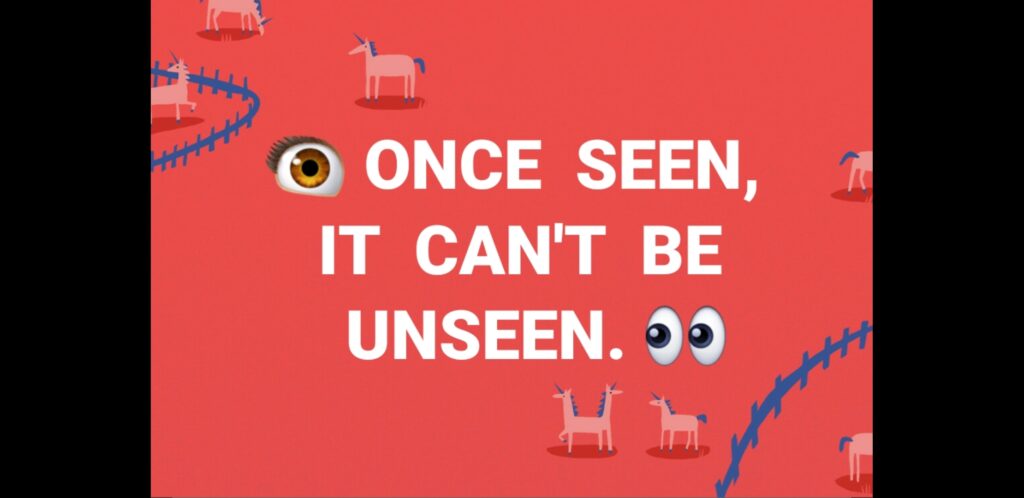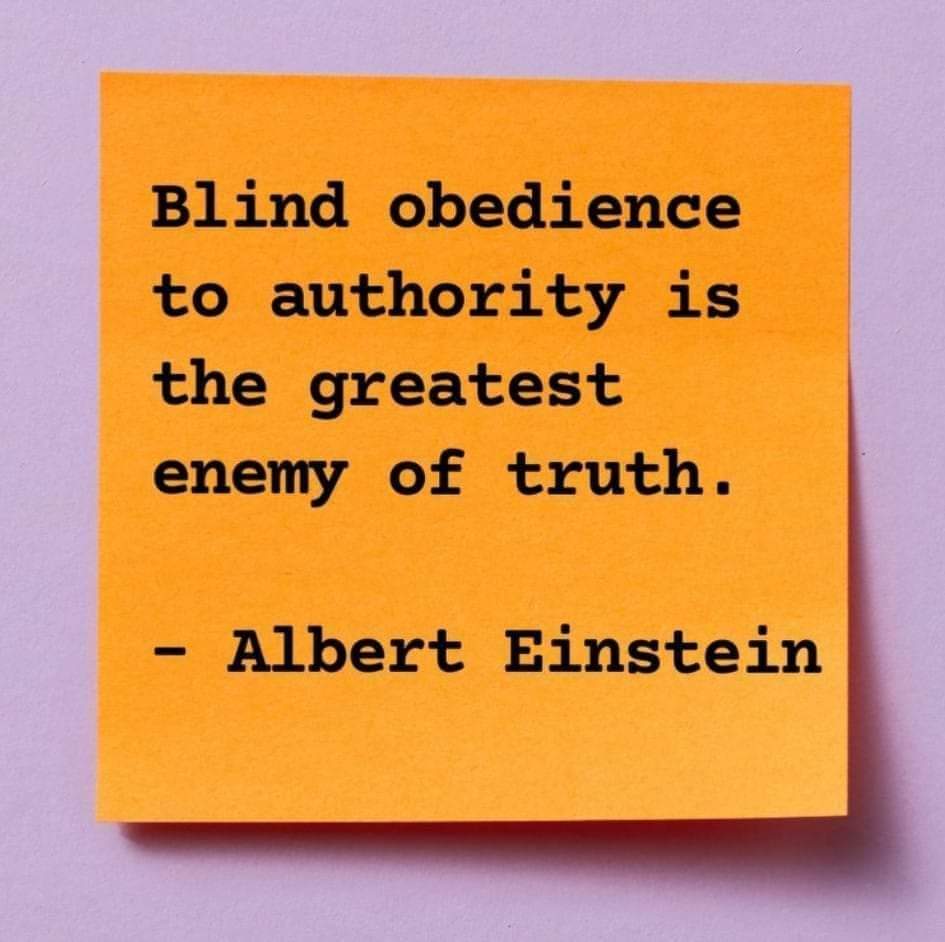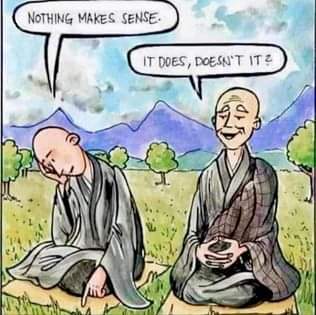First, harking hack to China, Mr. Shieh and I, with five American teammates, were being pursued by a Japanese combat patrol. We were “retrograding;” bringing up the rear of our little patrol, trying to get back to the safety of friendly lines. We were close to being captured. In those days, neither the Japanese nor Chinese “gave quarter.” That is, we took no prisoners. I knew that if I were taken by the pursuing Japanese, it meant certain death. On the other, hand, Mr. Shieh might successfully pass himself off as a Chinese peasant. Oh, I cannot write this story! At this minute it is enough to remember Mr. Shieh seeing and pointing out the beauty of those purple blooms on the distant mountain we had yet to climb. I marveled at a man who could see beauty under such oppressive circumstances. I marvel more that he helped me learn to do it. * During the Korean War, an artillery round burst among my men on the left flank. Several bodies were hurled about and I ran to see the extent of the damage and whether the platoon leader was still effective. Sick to my stomach at the sight, I sat down among three of the bodies sprawled along the slope. I became aware of a visual “Presence” hovering beside them. A misty, blue-white light of sorts. A different kind of light, primal, persuasive and powerful. I could not explain what I saw then, nor can I now, but with the sight, and because of the sight, I was absolutely certain within myself I was being shown evidence of the deathlessness of Life—the survival of the Child, the Soul of men. I felt a marvelous sense of relief, almost gratitude, concerning those men and everything happening that day. Within a few minutes of that incident, my regiment, and my part of the line in particular, was hit by an enormous wave of shell fire and oncoming Chinese troops. Hell erupted in a manner that no one can sufficiently describe or picture for another. One simply must experience something like that to fully understand. But, to the ongoing Glimpse I’d like to write here if I can. In the early moments of that terrible onslaught wherein everything that moved was slaughtered ten times over—advancing troops, men, women, children, dogs and chickens and every moving creature caught at that place at that time—I was suddenly unable to hear. My world went silent and I was enveloped in an immeasurable calm. In the midst of that horrendous din of exploding bodies and shells, I could hear nothing but my own voice. In some marvelous way, I was caught up in a quiet, tranquil dimension, separate, but attached to the carnage at hand, I had not been wounded. I felt as well as one could be expected to feel under such circumstances. I could hear my own voice and even my breathing quite clearly, I went from gun position to gun position and heard myself giving calm encouragement to my troops. I could see their mouths move in reply and gratitude—and terror—but I couldn’t hear them. I heard myself but couldn’t hear the shells bursting in my face. I was beset with a wonderful enwrapping calm that let me move fearlessly to do whatever the moment asked me to do, as hideous as those moments were. Perhaps a man can so detest a situation that his body produces the chemicals which, in turn, erect a barricade between himself and the galling situation. But as this was happening for me on that long day in Korea, there was a clear perception that a superlative Reality stood just behind the events: that there is another Scene just above this one, surrounding it; that Reality was bursting through that corridor of chaos into my own conscious recognition. I walked with a detached courage, as if the mortal body couldn’t be and wouldn’t be hurt. I ran from soldier to soldier, gun to gun. I was knocked down, spun around and stung with rocks and earth, feeling nothing but a calm, clear sense of Life’s dominion over the sights and sounds of the world; as though, with the Presence I had sensed and seen moments earlier among the first bodies felled, I was SEEING and FEELING Life, eternal Nature, even in the face of death. Perhaps this was the beneficent calm Mr. Shieh had felt those years earlier when he saw the blossoms on the distant mountain. That particular hellfire and damnation in Korea lasted four nights and three days without sleep for my troops and me. I have never forgotten the different time frame and the enwrapping inner peace nor how I was held and supported during that time—or non-time. More significant, that Peace has not forsaken me since those days, at least not when I was mindful of It nor when the chips were down and I called for It. How do I call for It? I bring forth the Child of Me. Why I write this now after all these years, I really don’t know, but on this Memorial Day when I feel everything necessary for the book has been written, I sit me down and write something that might tell others, like Janice and Bill, that there are times when the anguish of the lesson is absolutely necessary—that leaving the anguish may not be the answer. Now, with absolute assurance, I can tell people, old and young, their lessons can be learned under the most difficult and trying circumstances. Better that we leave our nets after we’ve learned their lessons. Better that we call on the Child because the Child knows what to do. The Child and the Presence are the same one Presence and It is right here where we are, transcending this world’s time and space. The final tone in this Overtone: The day I moved King Company onto line in Korea, I was given the Order of Battle of the “enemy” opposing me just across the valley on the next mountain. Facing my regiment, and me in particular, was the Chinese 60th Army, the same troops I had lived with and trained for two wars in China. We met again, eight years later, in a terrible and senseless slaughter. In the apparent world, our friends and enemies are the same—and, sometimes, needlessly, insanely, we try to destroy one another, thence to find that Life is eternal. Like Arjuna, in awful combat, I was instructed in certain of the Mysteries and learned the sense of senselessness. Memorial Day, 1985 Making sense of this world
- Absolute
- ACIM
- Adams, Robert
- Adequate research
- Advanced spirituality
- Adyashanti
- Alan Watts
- Allness
- Andreas Mueller
- Answered Prayer!
- Application of Scriptures
- Attachment
- Authors
- Awakening
- Awareness early
- Be still
- Beyond eschatology
- BEYOND NON-DUALITY
- Bhadavad Gita
- Bible quotes
- Blessed and grateful ppl
- Book reviews
- Brahman
- Buddha
- Changed
- Christmas and other holidays
- Chuck Crisco
- CONCORDANCES
- Consciousness
- De-hypnotize
- Death
- Deepak Chopra
- Definitions
- Direct or Progressive paths
- Disclaimer – what I can&cannot do
- Duality
- Eckhart Tolle
- Ego
- Emergency help
- Empty Fullness
- English for enlightenment
- Enlightenment
- Errors
- Eschatology
- Etiquette
- Exercises privpp
- Family
- Farrar
- Fear be gone!
- Forgiveness
- Foundation
- Francis Lucille
- Frank Johnson
- Gary Renard
- Gitas besides Baghavad
- God-centered Life
- God's existence
- Gospel of Thomas
- Grace
- Gregg Braden
- Gurdjieff & Ouspensky
- Heal Yourself
- Health
- Herb Fitch
- Humor – remember that? LoL
- Hypnotism denounced
- Identity
- IMAGINATION
- It never happened!
- Jean Klein
- Jesus
- Jim Newman EMPTINESS
- Joel Solomon Goldsmith
- Joseph Selbie
- Jung, Carl
- Karma
- Keep your healing
- Knower
- Krishnamurti, Jiddu
- Language (linguistic) distinctions
- Letter for YOU
- Levels
- Lillian DeWaters
- Love
- Mary Baker Eddy
- Matter unreal
- Meditation
- Memes
- Mental malpractice
- Methodology
- Michael Markham
- Miracles are divinely natural!
- misc
- Mooji
- Mysticism
- Near Death NDE & Afterlife
- New Age Movement
- New Heavens and new earth
- Nisargadatta Maharaj
- Non-duality
- Nonsense
- Not Serious Enough
- Nothingness & Emptiness
- One liners
- Oneness
- OUR NEXT BOOK
- Passing on
- Past
- Perfect Brilliant Stillness
- Philosophers
- Physicists
- Prayer vs Affirming
- Promotion
- Q & A
- QUANTUM DIMENSIONS published BOOK
- QUANTUM PHYSICS – SPIRITUAL CONNECTIONS (BOOK)
- Quantum world
- Radical healing
- Ramana Maharshi
- reincarnation
- Religion No More!!
- Resources
- Robin Starbuck
- Rumi
- Rupert Spira
- SCRIBE FOR JESUS
- Self
- Self as God
- SELF breaking barriers
- Separation unreal
- Silence
- Simon Bartholomé
- Sinkler, Lorraine
- Social issues
- Soul
- Spirit
- Spreading the Gospel
- Stephenson, Virginia
- Stream-of-consciousness Treatments
- Surrender
- Swami Sarvapriyananda
- SWAMIs, other
- Symbols
- The "devil" has all the power we give him
- The English School
- Tim Cliss, Non-duality
- Tony Parsons EMPTY FULLNESS
- Traditional theology denounced
- Transition
- Transporting
- Treatment
- U.G.Krishnamurti
- Under attack
- Unwanted thoughts
- Upanishads
- Videos
- Void
- Volume
- Waking up
- Warning
- Working on




